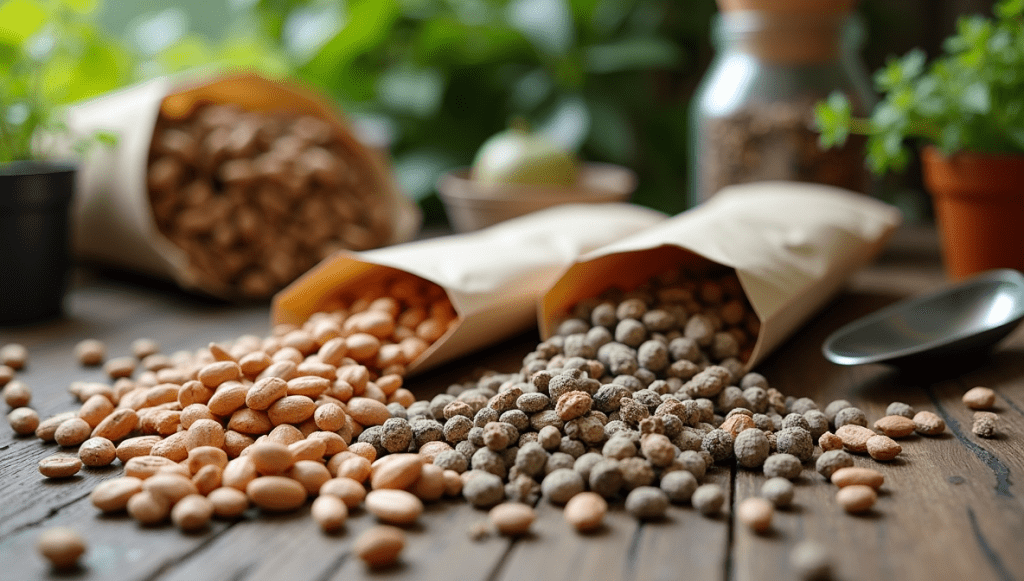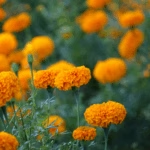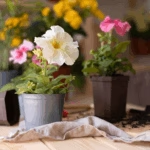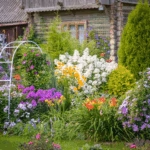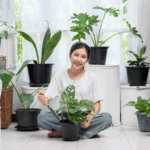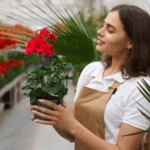Introduction
Starting a garden is one of the most rewarding activities for any homeowner, farmer, or hobbyist. Whether you’re growing vegetables, herbs, or flowers, everything begins with one simple but crucial element: seeds for planting.

In this comprehensive guide, you’ll learn how to choose the best seeds, understand seed types, and get expert tips on planting and care. Whether you’re a beginner or experienced gardener, this article will help you grow healthier, more productive plants right from seed.
Why Plant from Seeds?
Planting from seed gives you full control over your garden, from plant variety to soil health. Here are some reasons why starting from seeds is a smart choice:
- Cost-effective compared to buying seedlings
- Wider variety of plants available
- Better control over chemicals and fertilizers
- Satisfaction of growing from scratch
Whether you’re growing tomatoes or tulips, planting from seed puts the power in your hands.
Types of Seeds for Planting
1. Vegetable Seeds
Vegetable seeds are ideal for home gardens and farms alike. Some popular choices include:
- Tomatoes
- Carrots
- Lettuce
- Peppers
- Zucchini
You can grow these in backyard gardens, containers, or raised beds.
2. Herb Seeds
Herbs are perfect for small spaces or indoor gardens. Common herbs include:
- Basil
- Cilantro
- Parsley
- Dill
- Oregano
Fresh herbs from your own garden can enhance meals and save money.
3. Flower Seeds
Flower seeds bring color, beauty, and pollinators to your garden. Great picks are:
- Sunflowers
- Marigolds
- Zinnias
- Petunias
- Cosmos
You can mix these with vegetables for natural pest control.
4. Fruit Seeds
Some fruit plants can be grown from seed, though they may take longer to mature. These include:
- Watermelons
- Cantaloupe
- Strawberries (via runners or seeds)
- Passionfruit
- Papaya
Be sure to select fruit seeds that are well-suited to your climate.
How to Choose the Best Seeds for Planting
Choosing quality seeds is key to a productive garden. Here’s what to look for:
1. Seed Quality
Look for high germination rates (typically 85% and above) printed on the seed packet.
2. Heirloom vs. Hybrid
- Heirloom seeds are open-pollinated, passed down through generations, and often organic.
- Hybrid seeds are bred for specific traits like disease resistance or higher yield.
3. Organic vs. Non-Organic
Organic seeds are grown without synthetic chemicals. If you’re doing organic gardening, start with certified organic seeds.
4. Check the Expiration Date
Older seeds may not germinate well. Always check the packing or expiration date.
5. Climate Compatibility
Select seeds suited to your USDA hardiness zone or local growing conditions.
Where to Buy Seeds for Planting
You can find quality seeds from reputable sources such as:
- Burpee – Great for beginners
- Johnny’s Selected Seeds – Ideal for professionals and home gardeners
- Baker Creek Heirloom Seeds – Known for rare, heirloom varieties
- Your local nursery or garden center
- Agzora (if your brand is Agzora, mention it here with a link to your seed product pages)
Always compare prices, shipping options, and reviews before purchasing.
How to Plant Seeds – Step-by-Step
Planting seeds properly increases your chances of a healthy harvest. Here’s a general process:
Step 1: Prepare Your Containers or Beds
Use seed trays, pots, or raised garden beds. Ensure good drainage.
Step 2: Choose Quality Soil
Use a light, well-draining seed-starting mix. Avoid heavy potting soil.
Step 3: Plant Seeds at the Right Depth
Read the seed packet for depth instructions. A common rule: plant seeds 2–3 times as deep as they are wide.
Step 4: Water Gently
Keep the soil moist but not soggy. Use a spray bottle or watering can.
Step 5: Provide Warmth and Light
Place your seeds in a warm spot (65–75°F). Use grow lights or place near a sunny window.
Step 6: Thin and Transplant
Once seedlings develop their first true leaves, thin them out and transplant the strongest ones outdoors after hardening off.
Best Time to Plant Seeds
Timing varies by plant type and location. Use a planting calendar based on your region or USDA zone.
- Cool-season crops: Start in early spring or fall (e.g., lettuce, kale, peas)
- Warm-season crops: Start in late spring or early summer (e.g., tomatoes, peppers, squash)
You can find your USDA hardiness zone here: USDA Plant Hardiness Map
Tips for Successful Seed Germination
- Keep soil temperature consistent
- Avoid overwatering (damp, not soaked)
- Use a heat mat for warmth if needed
- Label your seed trays for organization
- Keep away from pests (use mesh covers or indoor starting)
Common Mistakes to Avoid When Planting Seeds
- Planting too deep
- Using poor-quality soil
- Skipping hardening off
- Not providing enough light
- Overcrowding seedlings
Avoid these and you’ll increase your garden’s success rate dramatically.
FAQs About Seeds for Planting
What are the easiest seeds to grow for beginners?
Some of the easiest seeds for planting include:
- Radishes
- Lettuce
- Zinnias
- Basil
- Beans
These germinate quickly and require minimal care.
Can I plant seeds directly in the ground?
Yes! Direct sowing works well for hardy vegetables like carrots, beets, and beans. Always check the seed packet to see if direct sowing is recommended.
How long do seeds last before they expire?
Most seeds remain viable for 1–3 years if stored in a cool, dry place. Some, like tomato or cucumber seeds, last even longer. Always test old seeds for germination before planting a full crop.
Do I need to soak seeds before planting?
Some seeds like beans, peas, and morning glories benefit from soaking for 12–24 hours to speed up germination. However, soaking is not necessary for all seeds.
How do I store leftover seeds?
Keep them in a paper envelope or sealed container in a dry, dark place. Label them with the date for future reference.
Conclusion
Planting seeds is a simple yet powerful way to grow your own food, flowers, and herbs. From selecting the right seeds for planting to nurturing your seedlings and transplanting them outdoors, every step brings you closer to a thriving, sustainable garden.
With the right knowledge, tools, and care, anyone can grow successfully from seed—even in small spaces or containers. Whether you’re a backyard gardener or starting a mini farm, the journey starts with a seed.
Call to Action
Ready to get growing?
Explore our curated collection of high-quality seeds for planting and start your garden journey today! Visit Agzora Seeds for organic, heirloom, and hybrid varieties perfect for your climate.

